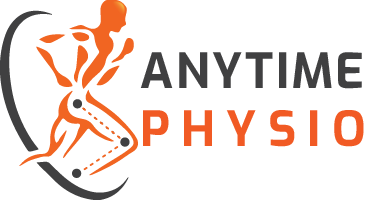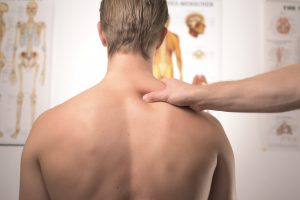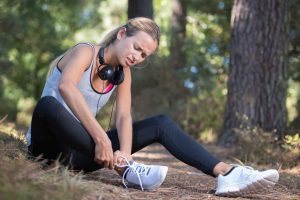When it comes to orthotics not all are created equal. So when trying to decide which option is best for your particular needs, here is a brief summary of the available options.
Off The Shelf Innersoles/Orthotics
The entry level option is the over-the-counter or store purchased inserts/orthotics can add some cushioning and support. For some patients who are just looking for a little extra cushioning or to compliment an existing pair of footwear, these can be all that is needed. The limitation of these devices is they don’t address the individual need of each patient’s foot shape, biomechanics and are not designed to be pathology specific.
Custom Orthotics
As the name suggests, these are completely customized to each individual, anatomy, biomechanics, activities, pathologies and footwear requirements.
After conducting a thorough physical assessment including gait analysis, the orthotics are created by taking a 3D digital image of your foot using a 3D scanner.
From there, your podiatrist will then design your custom devices in CAD software and then send them away for 3D printing.
So Who Would Benefit From Custom Foot Orthotics?
Custom foot orthotics are used to treat many foot problems such as plantar fasciitis, ankle pain, arthritis, bunions, swelling, limb length discrepancy, and heel pain.
In addition to lasting much longer then off the shelf innersoles, custom foot orthotics prescribed by your podiatrist are also eligible for a private health fund rebate, meaning the out of pocket cost may be quite minimal.
Before you decide on purchasing an insole from the chemist or other retailer, book in for a biomechanical assessment for us to evaluate your feet. Not everyone requires a custom made device and many people do not require any device at all! In fact, some people will find store bought insoles actually increase their pain, not reduce it


